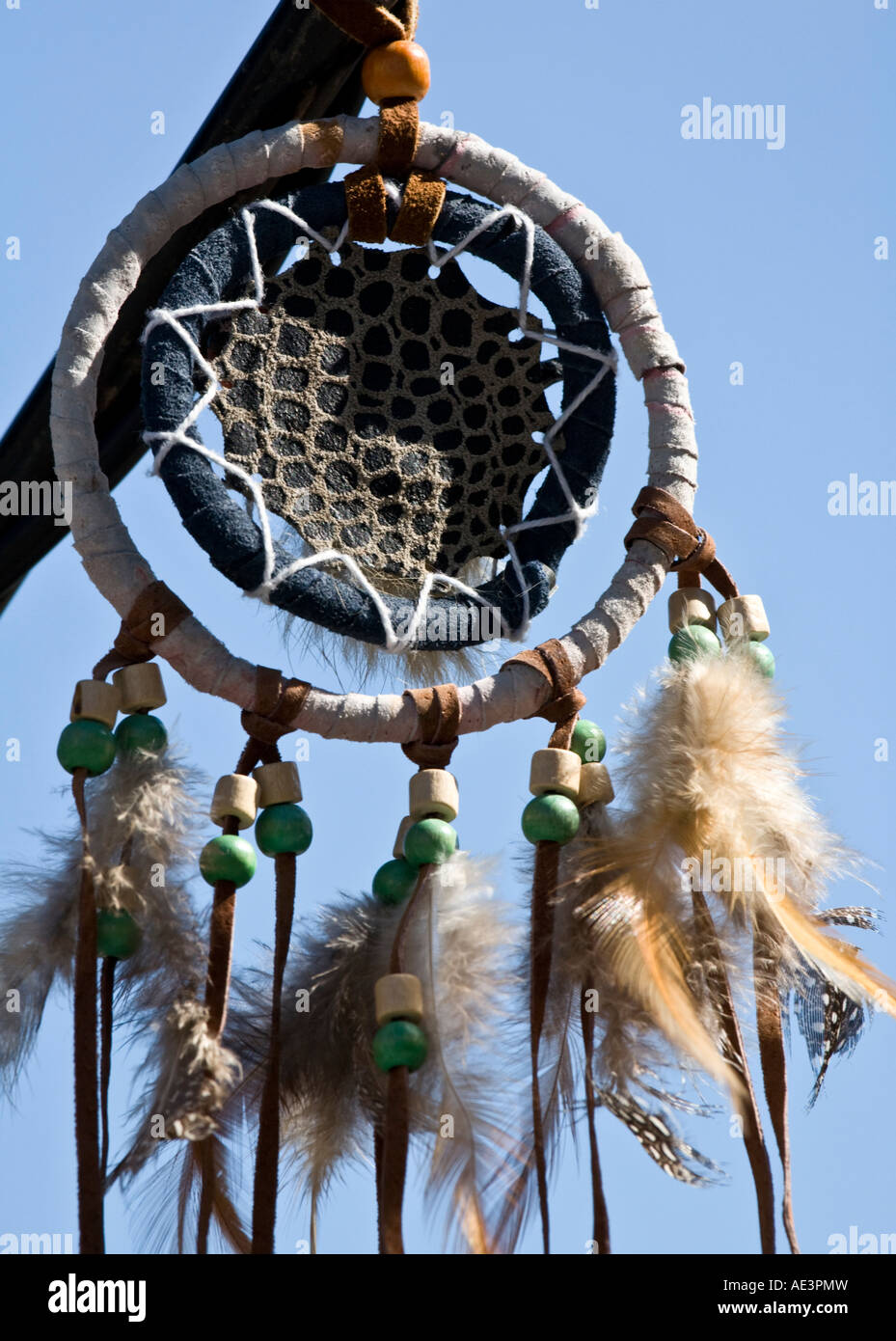American Indian Dream Catcher
- American Indian Dream Catcher Clip Art
- Dream Catchers For Sale
- What Is An American Indian Dream Catcher
- American Indian Dreamcatcher Tattoos
Wholesale Bulk Native American Cherokee Indian Dream Catchers, large variety of colors, themes. Wholesale 2' Small Wedding Favor Authentic Cherokee Dream Catcher. The dream catcher has been a part of Native American culture for generations. One element of Native American dream catcher relates to the tradition of the hoop. Some Native Americans of North America held the hoop in the highest esteem, because it symbolized strength and unity.
- Later spread to other tribes, the dream catcher is recognized today as a powerful and persevering symbol of American Indian history that continues to delight. Quick Facts In the Ojibwe language, a dream catcher is referred to as a “asabikeshiinh,” which translates roughly to “spider”.
- Native American Dream Catchers Native American dreamcatchers are an element of southwest decor that is one of the most exciting and fun home decorating styles you will find. Native American dream catchers make it easy to decorate with an American Indian theme. The southwestern Indian tribes are still active in making handcrafted artifacts.
- Dream Catchers are a spiritual tool used to help assure good dreams to those that sleep under them. A dream catcher is usually placed over a place you would sleep where the morning light can hit it. As you sleep all dreams from the spirit world have to pass through the dream catcher.
The sacred circle shape of the mandala has been used in cultures around the world as a form of spiritual practice. While some of the most common examples come from Asia, there is a rich history of the use of mandalas in Native American culture.
American Indian Dream Catcher Clip Art
Historical Use
The Aztec cultures of Central and South America used the shape of the mandala to create their grand calendars and to record religious principles. However, many tribes throughout the Northern American landscape also used mandalas as ways to connect with the gods. These were often circular forms made from the skins of animals that were hunted, and incorporated feathers and other found objects.
The meaning of the mandala is in many ways the same found in other cultures. Native Americans believed that the shape represents:

- The circle of life, and the path from birth to death
- The unification of man, nature, and the spiritual in a cyclical form
- A way to connect with the creators
While mandalas are used as physical forms of design in many Native tribes, the circular pattern is also essential to ceremonial practices and rituals. It is found in many dances, both in individual movements and as a greater movement around a central point, often a fire or important figure.
The Symbolism of the Labyrinth
Indigenous people in the region of northern Mexico and the Southwest United States have long used the pattern of a labyrinth. This shape is often woven into baskets and used to decorate pottery. Amazingly, it is believed that this pattern began to be used in the Americas around the same time the Greeks started to do so.
While many people often equate labyrinths with mazes, the labyrinth is not meant as much as a trap as it is a series of geometric shapes radiating out from a single point. This center represents an internal connection with self and is often seen as the way to connect to the creators.
The Shield of Protection
Dream Catchers For Sale
The symbolism of protection in the shape of a shield is a typical form of Native American mandala. In many tribal cultures, the shield is not only meant for safety, but it is also a totem of good luck.
Tribes who lived in the Plains are perhaps the best examples of how the mandala shield is found throughout Native American culture. Since shields are round, they could be decorated with geometric patterns that symbolized everything from strength to protection. Particular colors would indicate a carrier’s age, or blessings for military success would be added to ensure victory.
The Medicine Wheel
A number of different Native American tribes use the circular shape to represent health and life, and the medicine wheel is the best example of this. Because it is round, it incorporates all four directions, which allows for ritualized use in ceremonies connecting man, nature, and the creators.
The artwork of the medicine wheel can vary, but reflecting other Native American practices like dance it emphasizes circular movement. The wheel is traditionally moved clockwise, following the pattern of the sun through the sky.
Navajo Sand Mandalas
While sand mandalas are essential to the practice of Tibetan Buddhism, they are also used by Native American Navajo tribes in sacred rituals performed in honor of the creators.
The center of the mandala typically contains four separate designs that are radiated out through geometric patterns to complete the piece. For the Navajo creators, each level has a different meaning based around the fundamental concepts of the underworld, the gods, and the sacred in nature.
As with other sand mandala traditions, the Navajo pieces are ritually destroyed. Typically black lines and corn pollen are placed around the design, meant to represent strength and fertility, and then it is systematically dismantled.
What Is An American Indian Dream Catcher
Dream Catchers
American Indian Dreamcatcher Tattoos
Perhaps the most known form of Native American mandala today is the dream catcher. Used by Ojibwe (Chippewa) and Lakota tribes, thee typically consisted of spider webs draped over a round hoop. This form of artwork now serves decorative purposes for many Westerners, but the belief was that they protected sleepers from the influence of bad dreams.